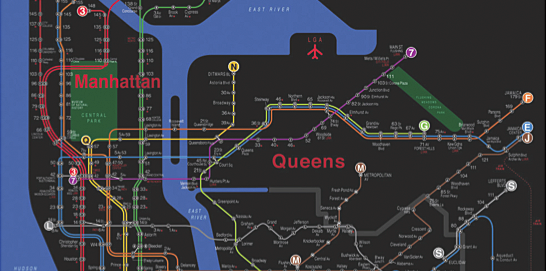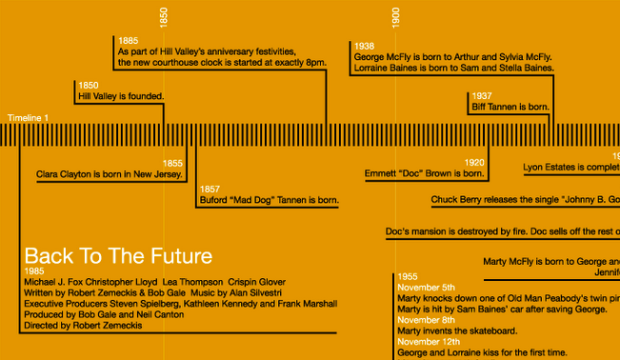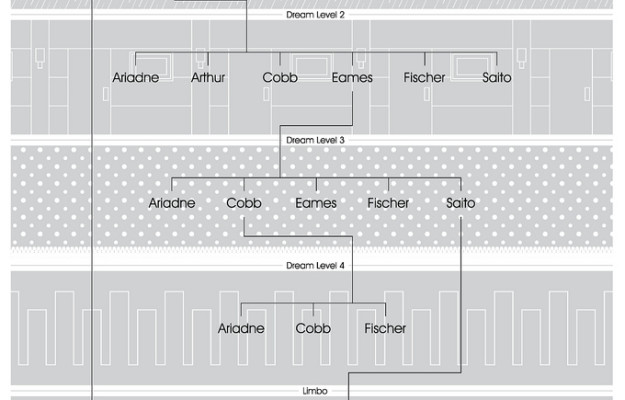 Martin Wattenberg, who with his associate Fernanda Viégas, was just snatched up by Google, talks data and visualization in a lecture at MIT. For the most part, he focuses on past projects, which I am sure you’ve seen. However, even if you have seen all of Martin and Fernanda’s work, it’s still worth a watch as he highlights the interesting tidbits that each tool or piece can reveal. The rundown makes you appreciate the work that much more, in the same way you appreciate art when you know the story behind the picture.
Martin Wattenberg, who with his associate Fernanda Viégas, was just snatched up by Google, talks data and visualization in a lecture at MIT. For the most part, he focuses on past projects, which I am sure you’ve seen. However, even if you have seen all of Martin and Fernanda’s work, it’s still worth a watch as he highlights the interesting tidbits that each tool or piece can reveal. The rundown makes you appreciate the work that much more, in the same way you appreciate art when you know the story behind the picture.
The great thing about Martin and Fernanda is that they’re able to switch back and forth between art and science, which in turn gains the respect of the academic visualization world and attention from the masses.
Watch the full keynote below. It’s on the longish side, at about an hour, so you might want to bookmark it for later.
Read More















 About a year after the launch of the
About a year after the launch of the 

 Visualize This: The FlowingData Guide to Design, Visualization, and Statistics (2nd Edition)
Visualize This: The FlowingData Guide to Design, Visualization, and Statistics (2nd Edition)










